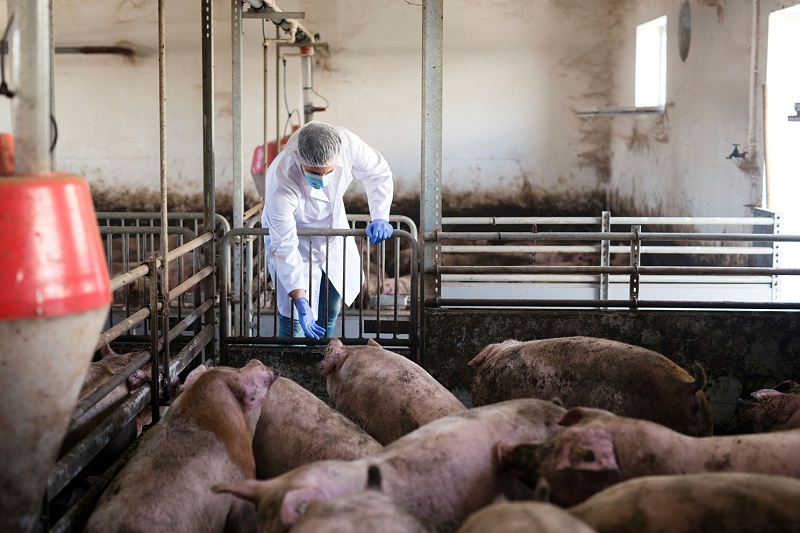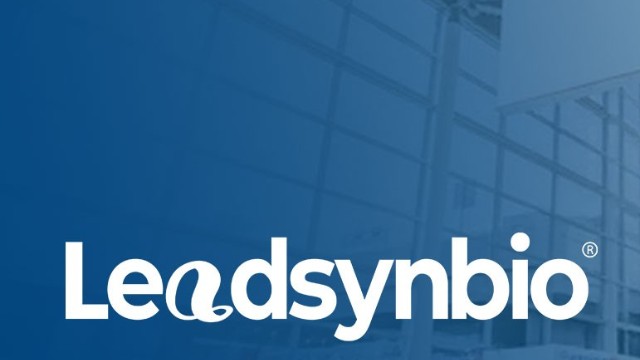25-Hydroxyvitamin D₃ is a widely recognized nutritional ingredient used in animal feed and health formulations. Its effective use relies on understanding the distinctions between purity and content, as well as selecting the appropriate formulation for different production scenarios. Pu......
25-Hydroxyvitamin D₃ is a widely recognized nutritional ingredient used in animal feed and health formulations. Its effective use relies on understanding the distinctions between purity and content, as well as selecting the appropriate formulation for different production scenarios.
Purity reflects the proportion of the target compound within a sample, indicating how free the substance is from impurities. Higher purity generally correlates with higher quality. Purity is commonly measured using chromatographic techniques such as High-Performance Liquid Chromatography (HPLC) or Gas Chromatography (GC). In practice, the peak area normalization method is used, where the target compound’s peak is compared to the total peak area. Purity is expressed in units such as mg/mL, weight percent (WT%), or volume percent (VOL%).
Content refers to the actual amount of the target compound relative to the total mass or volume of the sample, after accounting for solvents, water, and other non-target materials. In practice, content is usually reported as a percentage (%) based on validated analytical methods. Measurement methods for 25(OH)D₃ commonly include High-Performance Liquid Chromatography (HPLC) and Liquid Chromatography–Tandem Mass Spectrometry (LC-MS/MS), which ensure high specificity and accuracy in feed additive quality control.
Important Note: Purity and content are distinct metrics. Assessing the quality of 25(OH)D₃ requires a holistic view that also considers residual solvents, moisture, ash content, and other impurities—not just purity or content alone [1].

Equivalent to approximately 500,000 IU of Vitamin D₃.
Recommended addition: 4–5 g per ton of complete feed.
Suitable for premixes, core feeds, multi-vitamin formulations, and animal health supplements.
Requires precise premixing and higher standards in production equipment.
Ideal for large-scale feed manufacturers, premix enterprises, and animal health additive producers.
Diluted 25-fold from the high-concentration formulation.
Recommended addition: 100–125 g per ton of complete feed.
Can be added directly during feed production with simplified premixing requirements.
While stepwise blending is still necessary to ensure uniform distribution, the process requires less time and is easier to manage compared with high-concentration formulations.
Suitable for a wide range of feed manufacturers, on-site farm feed production, or supplemental dosing in livestock operations.
When working with 25-OH-D₃, product concentration is typically expressed as the amount of the active compound per kilogram of feed. However, inclusion rates should not be inferred solely from concentration figures—they must be based on scientific validation, safety assessments, and local regulations.
1.25% product: 12.5 g of 25-OH-D₃ per kg of premix.
0.05% product: 0.5 g of 25-OH-D₃ per kg of premix.
Review of published research and internal validation data.
Animal species- and stage-specific trials.
Compliance with the Ministry of Agriculture and Rural Affairs of China (MOA) Announcement No. 2625, alongside global regulatory standards.
Swine diets: ~50 μg/kg of 25-OH-D₃ is recommended, with a maximum combined total (including vitamin D₃) of 100 μg/kg.
1.25% premix: ~4 g/ton of feed.
0.05% premix: ~100 g/ton of feed.
Poultry diets: ~62.5 μg/kg of 25-OH-D₃, with a maximum combined total of 125 μg/kg.
1.25% premix: ~5 g/ton of feed.
0.05% premix: ~125 g/ton of feed.
Note: These examples illustrate calculation methods but should be adapted to local guidelines and individual production goals.
When using 25(OH)D₃ in international markets, it is essential to align with local feed additive regulations. Regulatory authorities in North America, the EU, and other regions have specific guidelines on allowable concentrations, labeling, and safety assessment. Users should consult local feed additive directives and ensure that formulation practices comply with relevant safety and quality standards [2].
[1] Holick MF, New England Journal of Medicine, 2007, 357:266–281
[2] European Food Safety Authority (EFSA) Journal, 2016, 14(11): 4592; NRC, Nutrient Requirements of Swine, 2012
Disclaimer: This article is intended for educational purposes and does not constitute medical or commercial advice. Information is derived from publicly available sources. Any reproduction, publication, or citation requires prior written consent from Leadsynbio.
Next:Understanding 25-Hydroxyvitamin D₃: Essential Insights for Animal Nutrition
Prev:Understanding 25-Hydroxyvitamin D₃: Applications and Guidance – Part 2

On November 12, at the 93rd API China in Chongqing, we showcased a range of our bio-manufactured ingredients. This builds on our October showcase at CPHI Frankfurt 2025, underscoring our focused strategy for...
[ Details ]Nov 14,2025